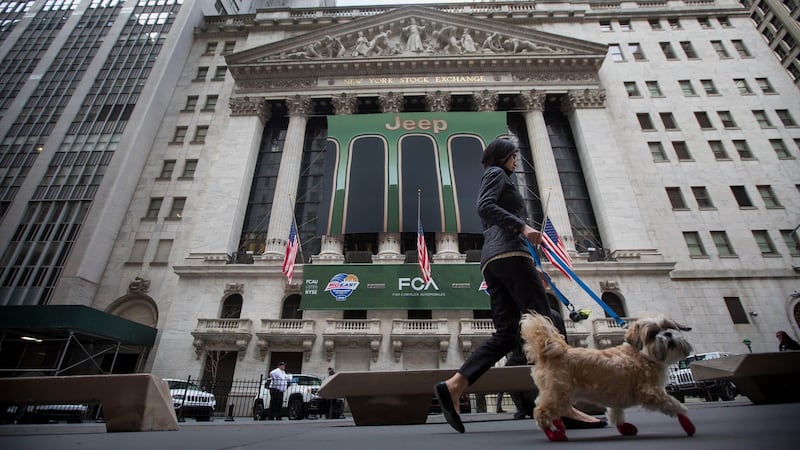Tired bull market turns seven The US bull market celebrated its seventh birthday last week, but there's precious little exuberance surrounding history's third-longest rally.
One can understand why – it no longer feels like a bull market. At February's market lows, 1,111 global stocks had fallen by more than 30 per cent, Merrill Lynch notes, with commodities, emerging market currencies and bank stocks all suffering "brutal bear markets".
US declines have been more modest, although an equal-weighted S&P 500 nevertheless fell 19 per cent, just shy of official bear market territory.

Indeed, it's been more than 300 days since US indices hit new highs, with two double-digit corrections occurring during that time. Stocks have gone nowhere since the Federal Reserve ended its quantitative easing programme 18 months ago.
Merrill is cautious, warning that 619 global interest rate cuts have not warded off the deflationary threat, although bulls might argue such scepticism has been a constant since stocks roared higher in March 2009.
The technical backdrop has changed, however. Although stocks have bounced lately, the rally is different to those seen in previous years.
Then, stocks were in an obvious uptrend, so the easy money trade was simply to buy every dip.
Today, there is no obvious uptrend: the S&P 500’s 10-month moving average recently crossed below its 20-month average for the first time since 2008, technical analyst Jonathan Krinsky noted recently.
There have been only two such crossovers since 1994, he added, both coinciding with bear markets.
This time may be different, obviously, but the uncertain fundamental and technical backdrop makes it easy to see why the bull market's seven-year anniversary went almost unnoticed. Price action drives narrative Current sentiment may be muted, but it has picked up noticeably from early February.
That's despite the fact the main drivers of anxiety in 2016 – China and doubts about the effectiveness of central banks – have "yet to dissipate in any meaningful sense", as Allianz's Mohamed El-Erian cautioned last week. So what's changed?
Well, macroeconomic data has improved, but the main factor may simply be the improvement in price action. In February, Barclays' William Hobbs referred to the "circular logic of 'stocks are down, therefore there must be something wrong'", a theme taken up by Morgan Stanley's Adam Parker last week.
“The underlying fundamentals haven’t really moved that much but the market has,” said Parker.
The recent rally means the risk of “material” downside has increased, so investors “should feel worse” than they did last month.
They don’t – the latest American Association of Individual Investors sentiment survey shows bulls easily outnumber bears at the moment, whereas bears outnumbered bulls by a ratio of 2.5:1 at February’s market bottom.
It is, as Parker said, “amazing how higher prices themselves so dramatically alter the consensus outlook”.
Ireland worst for closet trackers One in five European large-cap equity funds is a closet tracker, according to a new Morningstar report, and Irish funds may be among the worst offenders. The report looks at funds' active share, the percentage of a fund that differs from its benchmark.
An active share of 0 is identical to its benchmark index, a score of 100 is completely different; funds with a score of 60 or less are called closet indexers. The average active score for Irish funds was 56, lower than any of the other 12 countries analysed.
More than half of all Irish fund assets – 55 per cent – are in closet trackers, the second-highest percentage.
The Irish figures are unreliable as many UK funds are domiciled in Ireland for tax purposes. Still, some regulatory scrutiny would help: in Denmark, where fund associations have advised their members to publish active share scores, there are no longer any closet trackers. Poorer fund managers do best Fund managers from poor backgrounds outperform those brought up in the leafy suburbs, according to a new study. Managers from wealthier backgrounds deliver "consistently weaker" returns than their poorer brethren, the study found, underperforming by 1.54 percentage points per year. Why? "Managers born poor face higher entry barriers into asset management," the researchers suggested, "and only the most skilled succeed." Managers from poorer families had to outperform by 0.74 percentage points per year to stand an equal chance of promotion; those born rich "are more likely to be promoted, while those born poor are promoted only if they outperform".
See http://goo.gl/IhDjfz









